
Rocky Mountain coal mine in Alberta takes next step to expansion
In Alberta, a massive open-pit coal mine near Jasper National Park is hoping to expand...
Canada has joined much of the rest of the world in adopting a United Nations resolution recognizing that a healthy environment is a human right. But a bill making its way through Parliament to codify this right into law may need to change to be truly effective.
While Environment and Climate Change Minister Steven Guilbeault has promoted the resolution’s “principles” as being in line with the bill, a Canadian UN special rapporteur has said the legislation “should be strengthened” and noted it is not consistent with the approach taken by the UN Human Rights Council and the UN General Assembly.
And along the way, industry has been lobbying to roll back Senate amendments to the bill that clarify the government’s responsibilities in protecting environmental rights.
Here’s how Canada’s best shot so far at a legal right to a healthy environment is playing out in Parliament.
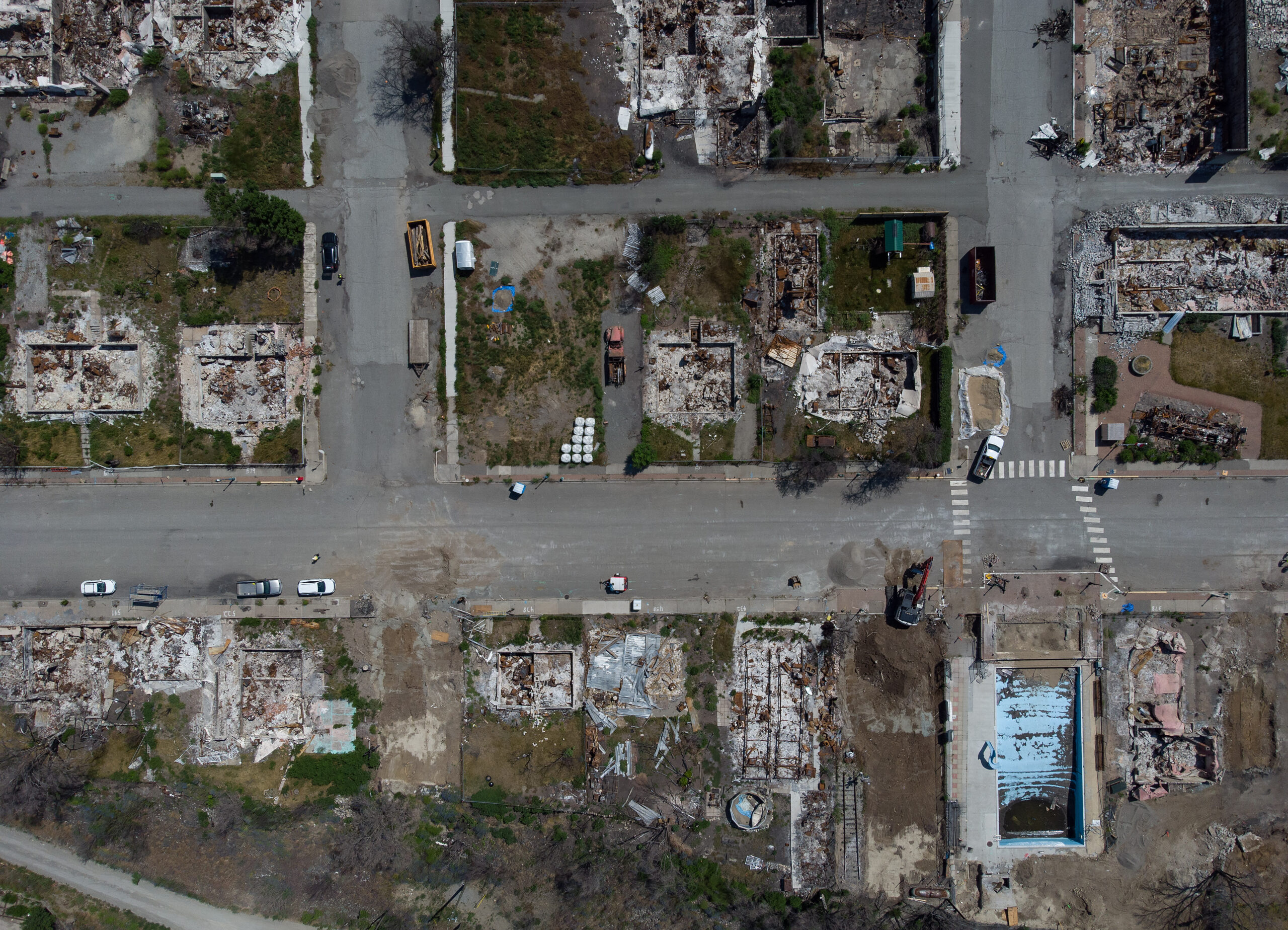
UN experts say the lives of billions of people around the world would improve if the right to a healthy environment were “recognised, respected, protected and fulfilled.”
In Canada, this right has never been recognized at the national level, which puts the country in a small minority of nations. Four-fifths, or 156 out of 193 UN member states, already do legally recognize the right to a “safe, clean, healthy and sustainable environment,” the UN’s special rapporteur on the topic has said.
That’s despite the fact that there are mounting deaths and injuries in Canada caused by extreme weather events made worse by climate change, like floods, wildfires and heat waves. The changing climate also threatens peoples’ ability to access healthy food and water and avoid illnesses like asthma.
In addition to the effects of climate change, Health Canada has found that air pollution is a factor in 15,300 premature deaths, and millions of respiratory issues every year in Canada.
Indigenous Peoples, Black Canadians and other minority groups are at particular risk of being harmed by polluted environments or targeted by policies that stem from environmental racism — from higher-than-average cancer rates in Fort Chipewyan, Alta., downstream from the oilsands, to health concerns within a Black community located near an old garbage dump in Shelburne, N.S.
It’s why Tataskweyak Cree Nation has called on Canada to support the right to a healthy environment. Located on Split Lake in northern Manitoba, the nation has suffered under a drinking water advisory since 2017. Chief Doreen Spence told the Senate that its members have developed skin rashes, gastrointestinal problems and liver and kidney diseases.
The health problems are likely tied to environmental factors like algae toxins in Split Lake, Tataskweyak determined through an investigation. The nation is hoping that establishing the right to a healthy environment will allow it to better understand and address the situation.
“The physical, mental, cultural and environmental health of First Nations has always been closely linked to the land and the water,” Spence told senators, in a letter arguing for environmental rights recognition.
David R. Boyd, associate professor of law, policy, and sustainability at the University of British Columbia, who is the current UN special rapporteur on human rights and the environment, has said the right to a healthy environment “is one of the most powerful tools we have to hold governments accountable.”
“It’s important because in the face of the triple environmental crisis we’re facing — rapid climate change, the loss of biodiversity and pervasive toxic pollution that’s killing nine million people every year — we need transformative changes to society.”
The text of the UN resolution approved by Canada states that the “right to a clean, healthy and sustainable environment” is a “human right.”
Guilbeault shared Canada’s yes vote on the UN resolution in a statement that linked it with federal legislation, proposed Bill S-5. That bill contains more limited language promising a “right to a healthy environment.”
“This right would lead to strong protections for Canadians no matter who they are or where they live,” Guilbeault said in the statement. “We continue to encourage all Parliamentarians to work together to see this bill passed and become law.”
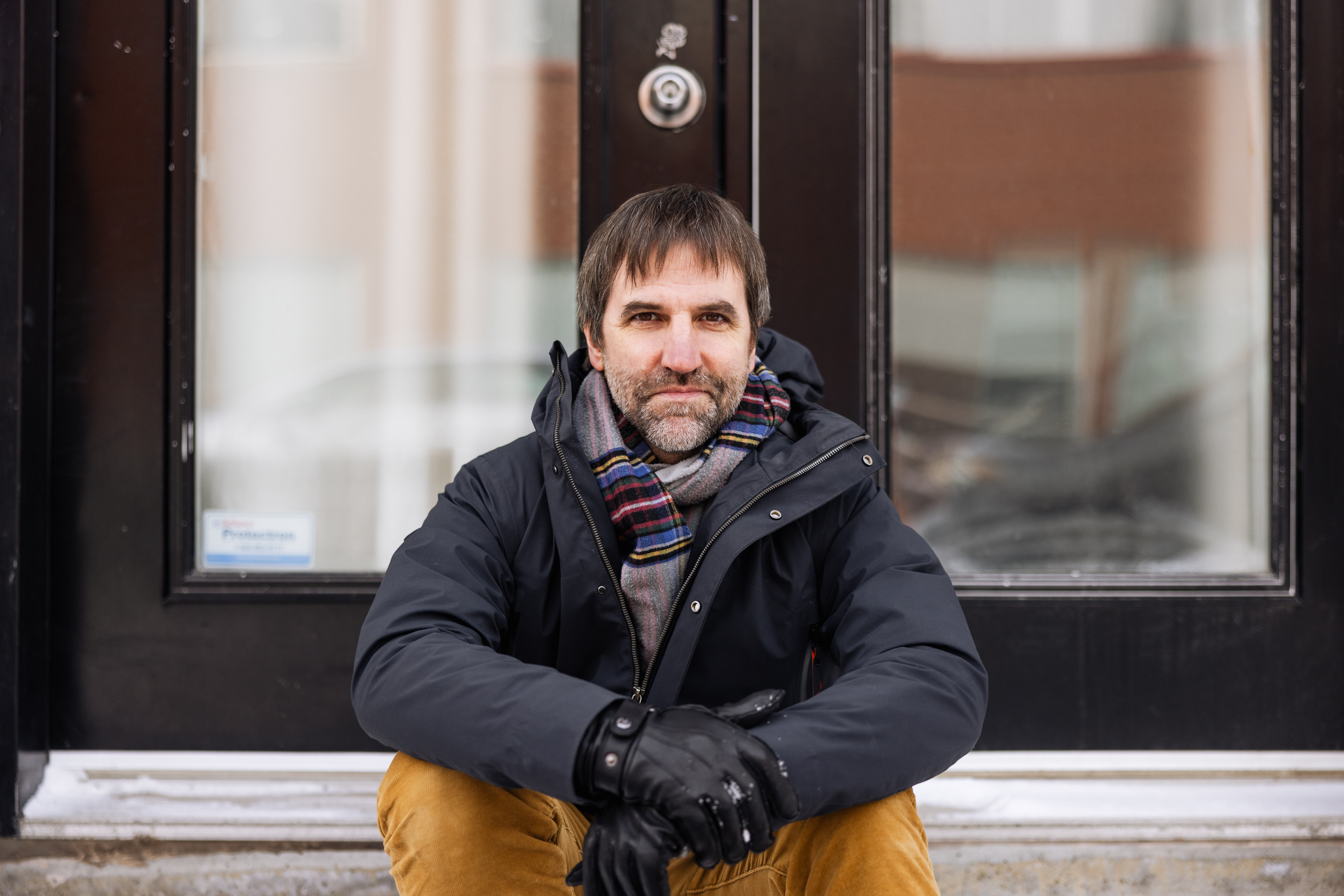
The Senate passed Bill S-5 in June, but before it can take effect, the House of Commons will also have to examine and pass the bill, once Parliament resumes sitting in the fall.
The new right would be made law in Canada through amendments to the 1980s-era Canadian Environmental Protection Act, a national law that deals with toxic substances and was last amended in 1999.
The right is not absolute; it is “subject to any reasonable limits,” the bill indicates. Those limits are described as “resulting from the consideration of relevant factors, including social, health, scientific and economic factors.”
Bill S-5 would make several changes to the toxic substances law, including inserting a statement in the law’s section dealing with duties that says the Government of Canada shall “protect the right of every individual in Canada to a healthy environment as provided under this Act.”
The bill gives the government two years to come up with a plan, which it calls an “implementation framework,” to guide how it will carry out various duties under the law, such as controlling toxic substances, while avoiding trampling on the right to a healthy environment.
The plan would also have to elaborate on the principles to be considered in the law’s administration, such as “principles of environmental justice” and the “principle of intergenerational equity.”
Elaine MacDonald, program director for healthy communities at Ecojustice, said adding the environmental rights provision in the Act will “infuse” the law with a new overarching mission that will help “elevate and increase the level of protection across the country” against pollution and toxic chemicals.
“It’s about holding government accountable — and government holding industry accountable,” MacDonald said.
Across Canada, she said, communities that are predominantly Black, Indigenous and People of Colour would fit into the bill’s definition of vulnerable. That includes groups in Fort Chipewyan and Shelburne.
Under the new law, the government would have to specifically consider those populations when they’re making decisions — “not just take this kind of average, general Canadian approach, which is what they have seemed to be doing,” she said.
Another change to the law would direct the government to consider whether there is a “vulnerable environment” involved when it assesses whether a substance is toxic or capable of becoming toxic — as well as whether exposure to that substance in combination with others “has the potential to cause cumulative effects.”
Manitoba Sen. Mary Jane McCallum, a non-affiliated senator who advocated for the inclusion of vulnerable environments in the bill, said she hoped to strengthen the law’s ability to protect people living near industrial development.
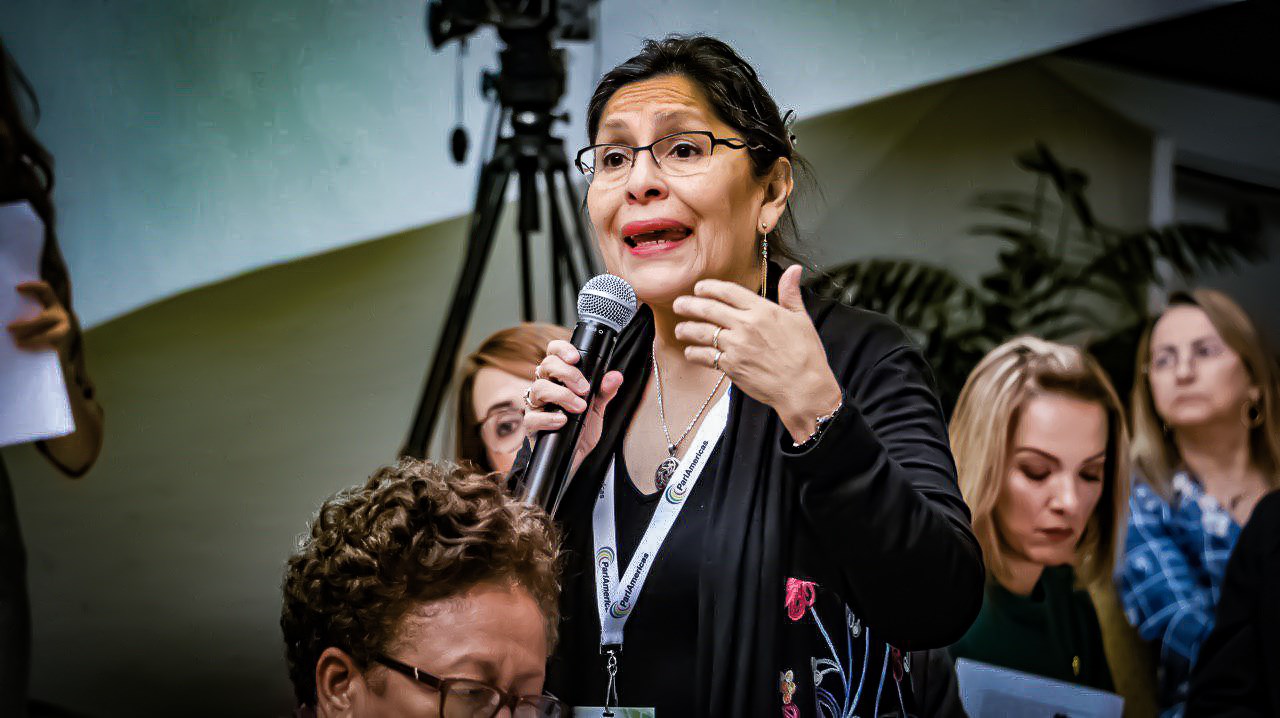
“One of the questions that I asked when the bill came forward was, what has the law accomplished over the last 20 years? It hasn’t protected First Nations people,” said McCallum, who is Cree.
“The tailings ponds have increased, resource extraction has kept on doing what it’s doing, the fracking is still going on, and it’s being done without consideration of how it affects the life and the land and the air and the waters, not only of Canada but immediately surrounding Indigenous people.”
Ecojustice is not satisfied with the bill as it stands. MacDonald said they would be seeking amendments when the bill reaches the House of Commons, which she believed would “strengthen the implementation of the right to a healthy environment, to ensure it has a real on-the-ground positive impact.”
One of the changes Ecojustice hopes to see is for the principles the government would have to consider, like environmental justice, to be inserted into the list of the government’s duties to uphold under the law. MacDonald said this change will give these principles “more teeth.”
Some senators also warned during deliberations over the bill that the new right is not backed by strong enough language to make it useful or practical in the lives of everyday Canadians.
The Senate’s Energy, Environment and Natural Resources committee, which studied the bill, concluded in a report that it was “concerned that the right to a healthy environment may remain unenforceable.”
A member of the committee, Quebec Sen. Rosa Galvez, said the fact that the bill suggests the government consider “economic factors” when figuring out the limits to the right to a healthy environment goes too far.
“To me it looks more like a pseudo-right, not a complete right,” she said.
Boyd, the UN special rapporteur, told The Narwhal Bill S-5 is “an important starting point for finally incorporating the right to a healthy environment into Canadian law.”
But he said the bill “could, and should, be strengthened in the House of Commons.”
He recommended making it consistent with the wording in the UN resolution by adding the words “clean” and “sustainable” to the right, so it would read, “the right to a clean, healthy and sustainable environment.”

He also urged MPs to remove another feature of the bill that would limit the right to a healthy environment only to what’s dealt with in the toxic substances law. That means the right wouldn’t apply when the government administers other federal laws, such as the Fisheries Act, that have their own rules around pollution.
UN resolution votes are not binding, so Canada does not have any legal obligation to align its laws with them. Boyd, however, has said that countries that sign do “have a moral obligation” to comply.
He told the UN’s news agency, “These resolutions may seem abstract, but they are a catalyst for action, and they empower ordinary people to hold their governments accountable in a way that is very powerful.”
Asked to comment on the discrepancy between the UN resolution and Canada’s legislation, Guilbeault said the bill was still being examined.
“Our government recognizes that every individual in Canada has a right to a healthy environment. Bill S-5 would enshrine this into law, and require of the government to develop an implementation plan to ensure a healthy environment to Canadians,” reads an Aug. 8 statement to The Narwhal.
“We look forward to further debate in the House of Commons as this bill continues to benefit from input from stakeholders and the work of members of Parliament subsequent to the important work senators did.”
Among its purported shortfalls, the bill does not give individuals a private right to sue corporations directly for environmental damage they cause.
Andrew Gage, staff lawyer at West Coast Environmental Law, said that means the bill would not make it any easier for local governments to sue fossil fuel companies over the damage their products cause to the climate, as Vancouver city council voted to do when it allocated up to $700,000 towards a potential class action lawsuit.
Gage said the bill’s authorization for the government to investigate whether a substance threatens a vulnerable population or environment could, in theory, be used by a minister to investigate the responsibility of industry, but he argued that was a very indirect approach.
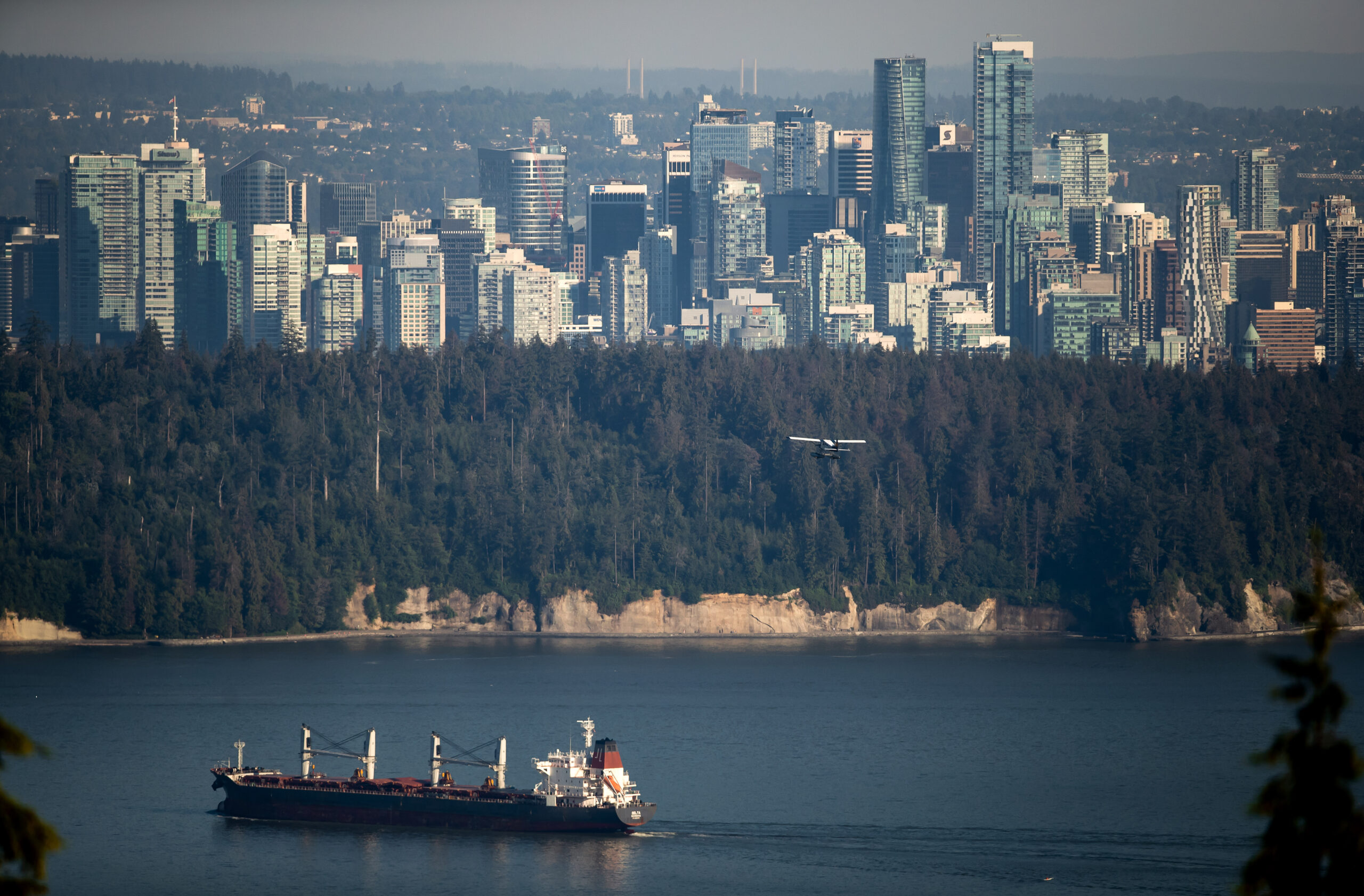
Joseph Castrilli, counsel at the Canadian Environmental Law Association, said overall, the bill’s language means it will be “virtually impossible” to use the right to a healthy environment in the courts “in relation to anything, let alone climate.”
The law association has recommended adding clauses to the bill that would spell out the circumstances under which an individual in Canada may pursue legal action in Federal Court to protect the environment.
The proposal, for example, would allow “any individual” to launch an “environmental protection action” in Federal Court against “any person, organization or government body” that violates the Act or any of its rules, or harms the environment in ways that fall within the law’s authority, or even threatens to do either.
It would also make clear that legal action can be taken against the government of Canada for “violating the right to a healthy environment” with respect to matters governed under the toxic substances law, or for failing to perform mandatory acts or duties under the law.
The Senate did not include those proposals when it passed its version of the bill, but Castrilli is hoping members of Parliament can be convinced to include the association’s recommendations when the House of Commons returns.
Ultimately, Boyd said, the right to a healthy environment “should be added to the Charter [of Rights and Freedoms], where the vast majority of Canadians believe it belongs.”
The Charter is contained within Canada’s Constitution. Guilbeault has said the government is not interested in trying to reopen the Constitution to make any changes.
During the Senate committee’s deliberations over the bill, some industry groups pushed back against proposals by senators to clarify how the government would defend the right to a healthy environment.
According to the lobbying registry, since the bill’s introduction, 22 senators or their staff were approached about environmental issues by representatives of industry groups and other organizations that have told the federal lobbying commissioner they intend to lobby on the bill. The commissioner’s rules allow for lobbying disclosures that do not reveal the specific topic raised during an interaction with officials, only the broad subject matter.
One public point of contention for industry was an amendment proposed by the Senate committee that would require the government to elaborate on what “mechanisms” it would use to support the protection of the right.
Industry also lobbied against the inclusion of vulnerable environments to the list of items the government should consider when assessing whether a substance is toxic.
The Canadian Manufacturers & Exporters, an industry group that represents over 2,500 members and affiliates including chemical and pharmaceutical manufacturers, and food and fertilizer producers, told The Narwhal they prefer “the original version of Bill S-5,” prior to the Senate’s amendments.
The manufacturers’ lobby group, as well as six other industry associations, wrote a letter to Senate Speaker George Furey in early June asking for the mechanisms amendment, the vulnerable environment clause and others to be reversed.
One of the signatories to the industry letter, the Canadian Paint and Coatings Association, which represents popular paint brands, suggested environmental groups were fear-mongering.
J. Gary LeRoux, president and CEO of the paint association, told The Narwhal the group signed the industry letter because it felt a broad portion of industry was content with much of the bill as originally tabled in Parliament.
The inclusion of vulnerable environments, he argued, meant the government would have to examine “everything,” which he saw as impractical.
“Every environment is vulnerable to many different things. Effectively when one is dealing in chemicals in products, there are strict requirements to assess chemicals in commerce so they are safe for all,” LeRoux wrote in an email.
He added that it’s unclear what the definition of a vulnerable population or environment is, “but it’s clear that all humans are vulnerable to chemicals, as many other things we come in contact with.”
“The work done by industry and government on assessment is to ensure that those chemicals are safe in the production, distribution and use.”
A spokesperson for the Canadian Manufacturers & Exporters said the organization believed “the original version of Bill S-5 ensures the safety of Canadians and our environment, which, of course, is a top priority for the country’s manufacturers.”
A spokesperson for the Chemistry Industry Association of Canada, which represents companies that turn raw materials, like oil into products like plastic, said they also support the original version of the bill as it “includes important changes addressing the right to a healthy environment which are supported by [the association] and its members.”
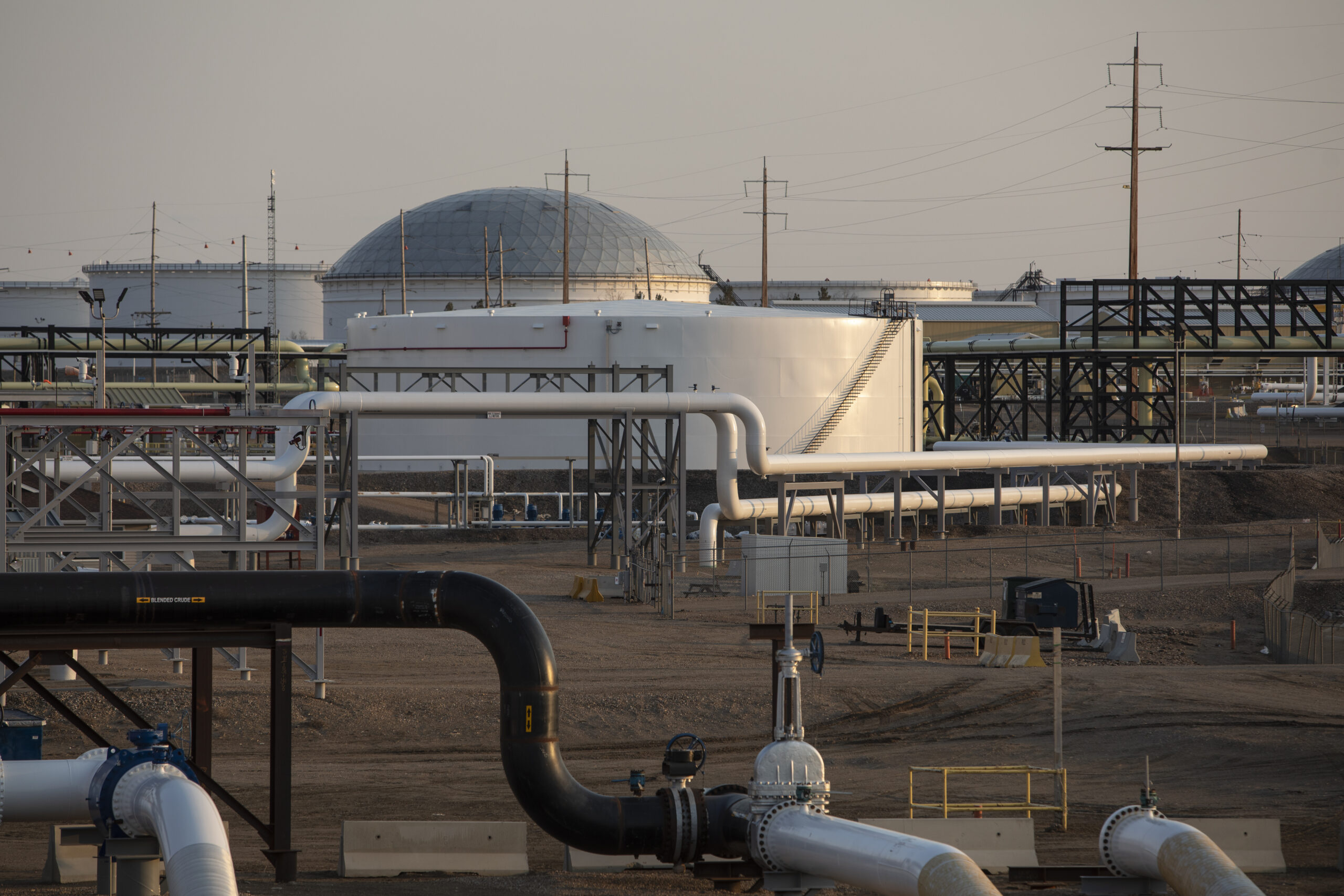
Responsible Distribution Canada, which represents companies that transport and distribute chemicals, as well as power sector group Electricity Canada, fossil fuel group the Canadian Fuels Association and the Tire and Rubber Association of Canada also signed the letter. None of those groups responded to questions from The Narwhal by publication.
Galvez said the letter is one example of how industry lobbying over Bill S-5 has been intense.
“I found it so aggressive from lobby groups, despite having won on many fronts … to write letters and oppose any amendments, and making a very broad argument that the bill had already reached a balance,” she said.
Despite the industry lobbying, the Senate included the amendments around mechanisms for enforcement and vulnerable environments in its version of the bill, though they could still be altered further when the bill reaches the House of Commons.
Since the bill’s introduction, 58 MPs or their staff have been approached on environmental issues by industry members who intend to lobby on Bill S-5, according to the lobbying registry.
Get the inside scoop on The Narwhal’s environment and climate reporting by signing up for our free newsletter. A $335 million funding commitment to fund...
Continue reading
In Alberta, a massive open-pit coal mine near Jasper National Park is hoping to expand...

A trade war could help remake B.C.’s food system, but will family farmers be left...

First Nations are leading efforts to make sure lake sturgeon can find a home in...
